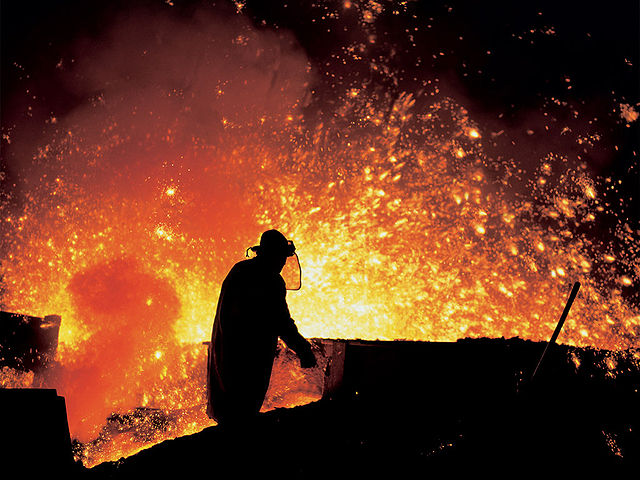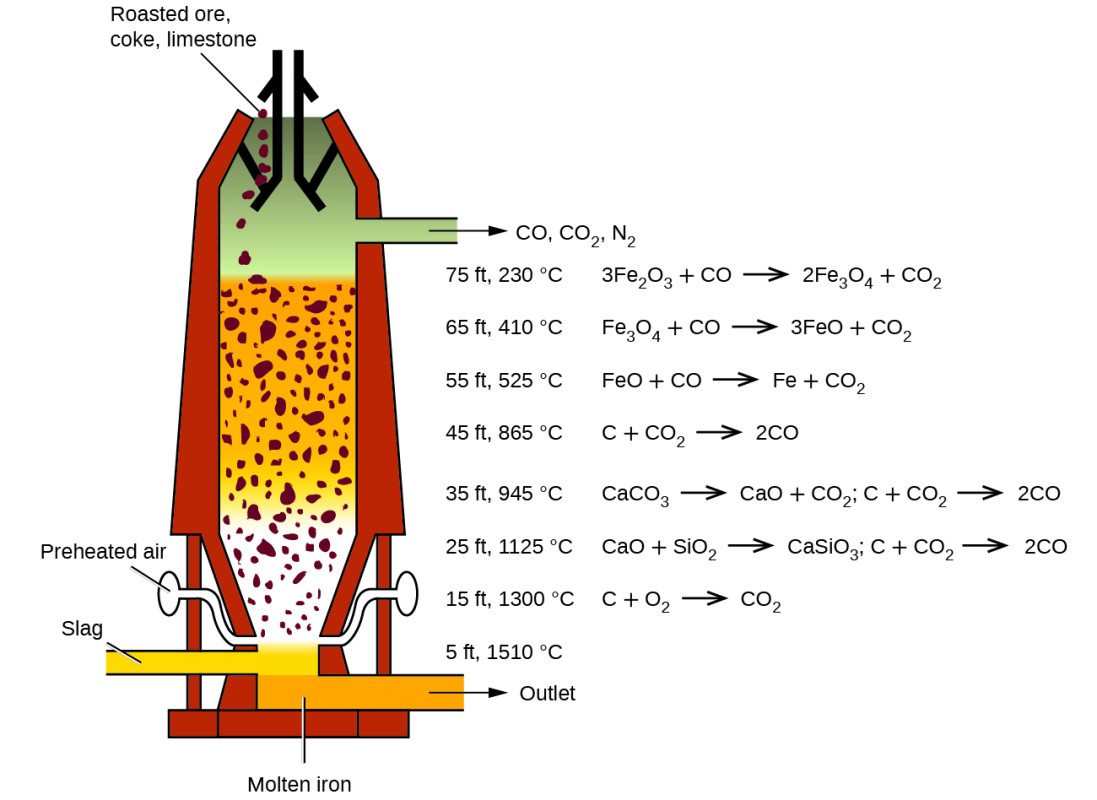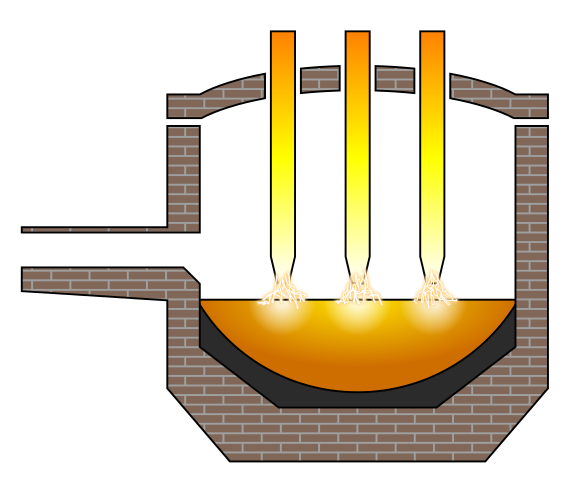 We are surrounded by steel - the miracle metal used in cars, trains, bridges, buildings, and home appliances like refrigerators and microwave ovens.
We are surrounded by steel - the miracle metal used in cars, trains, bridges, buildings, and home appliances like refrigerators and microwave ovens.
But there is a problem. The production of steel generates greenhouse gases that trap heat and are responsible for climate change.
Recently, the UK government offered grants of €300 million each to its two largest steel companies, British Steel and Tata Steel, in order to help them become more sustainable. These companies are the last in the UK to operate blast furnaces in their steel manufacturing process.
This is one of the main reasons the government proposed the grants in hopes of helping the UK steel industry transition to “green steel.” Let's find out more.
Steel production: Source of Carbon Emissions
Producing steel is a carbon-intensive process that releases a large amount of carbon dioxide (CO2) and other pollutants.
 Steel is made out of iron and first requires separating the iron from its ore. This process requires extremely high temperatures, traditionally achieved by the use of a blast furnace. Inside the furnaces, the iron ore is smelted with coke (purified coal). This produces pure molten iron, while the carbon from coke combines with the oxygen from the iron ore to form carbon dioxide (a waste by-product).
Steel is made out of iron and first requires separating the iron from its ore. This process requires extremely high temperatures, traditionally achieved by the use of a blast furnace. Inside the furnaces, the iron ore is smelted with coke (purified coal). This produces pure molten iron, while the carbon from coke combines with the oxygen from the iron ore to form carbon dioxide (a waste by-product).
Additionally, blast furnaces use coal to produce these high temperatures, producing countless tonnes of emissions. In fact, manufacturing steel releases 1.5 to 3 tonnes of carbon dioxide for every tonne of steel produced! The steel industry itself produces three billion tonnes of CO2 annually, adding up to a whopping 7-9% of all human greenhouse gas emissions. Most of this comes from blast furnaces, which make up 70% of global steel production.
Fortunately, that is where “green steel” comes in.
What is Green Steel?
Green steel is essentially steel produced with fewer carbon emissions. In the past years, many new technologies and methods have been emerging to boost the production of green steel.
 The most common method that companies utilize in reducing carbon emissions is switching to an electric arc furnace. Electrical furnaces make use of electricity generated by nearby power plants in order to achieve the same high temperatures and are also more efficient than blast furnaces. Though some of this electricity may be generated by coal, a lot of it is also produced by other cleaner sources like wind or solar power. A 2022 study even found that electrical arc furnaces can reduce about 75% of carbon emissions compared to blast furnaces.
The most common method that companies utilize in reducing carbon emissions is switching to an electric arc furnace. Electrical furnaces make use of electricity generated by nearby power plants in order to achieve the same high temperatures and are also more efficient than blast furnaces. Though some of this electricity may be generated by coal, a lot of it is also produced by other cleaner sources like wind or solar power. A 2022 study even found that electrical arc furnaces can reduce about 75% of carbon emissions compared to blast furnaces.
Another possible way to reduce carbon emissions is by using hydrogen instead of carbon during the smelting process, producing H2O– water– instead of CO2. Many companies are working to develop and improve this method which can reduce the industry’s emissions by 90%, a massive step towards reducing global carbon emissions and global warming.
These are not the only approaches. Countless different methods are currently being developed and researched. One involves capturing carbon during smelting and combining it with slag (a waste product during manufacturing) to produce a usable substance. Another involves using a low-temperature electrochemical process involving a chemical solution to purify the iron.
The path to greener steel is full of opportunities and a large step towards reducing our carbon emissions.
Sources: BBC, Forbes, acs.org, New Yorker






